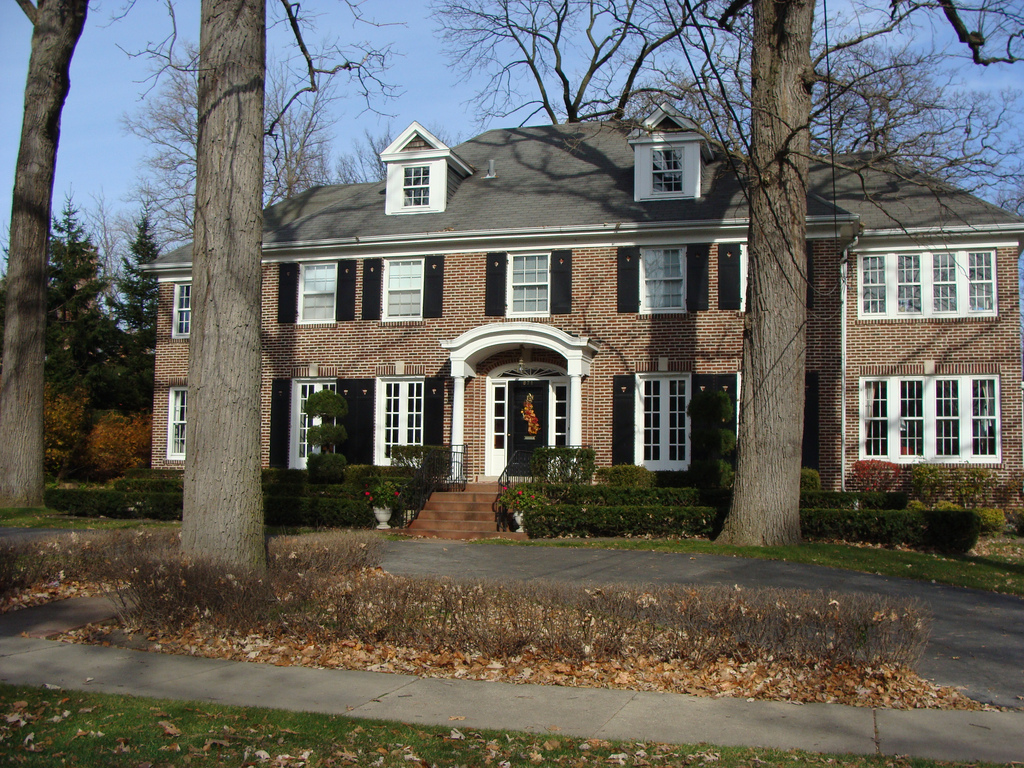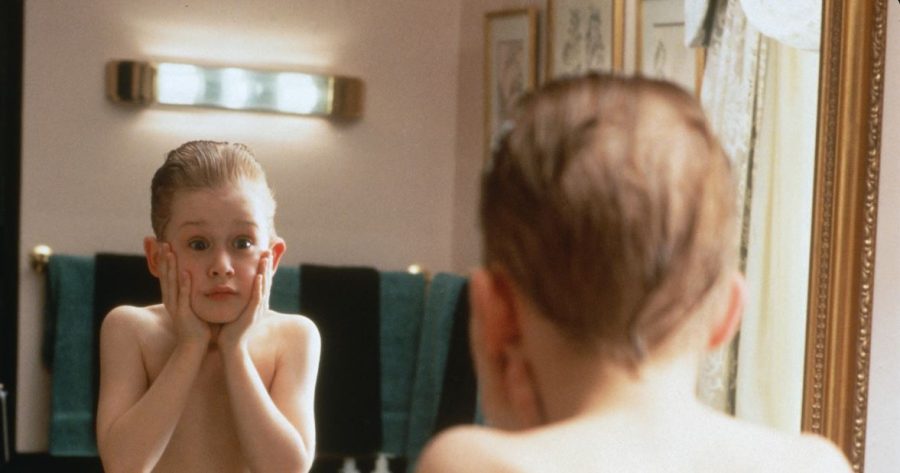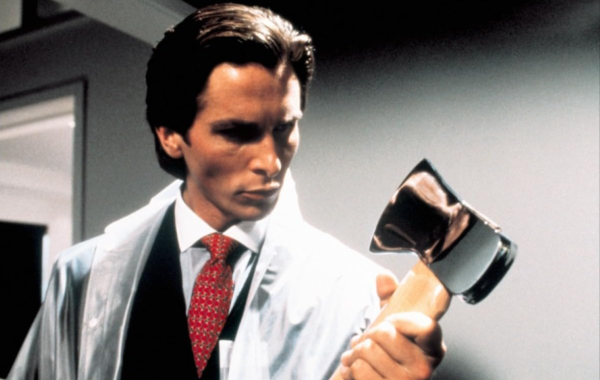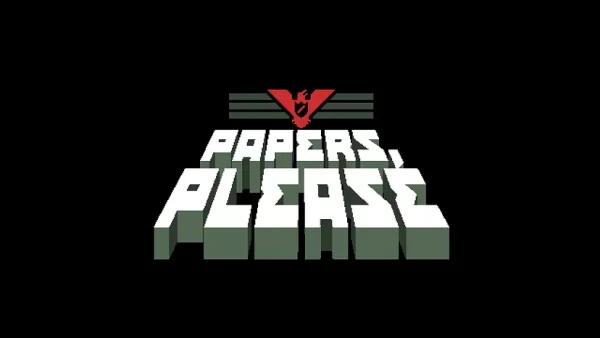Why Are the “Other” Home Alone Movies So Despised?
‘Home Alone’ with no Macaulay Culkin as Kevin just didn’t hit like the original two.
Simply put, they are Christmas classics. Home Alone and Home Alone 2: Lost in New York are some of the most well-known and beloved Christmas movies of all time. Some fans are vaguely aware of the existence of more sequels in the franchise, but most haven’t seen them – and those that have seen them usually do what they can to forget. The third, fourth, fifth, and sixth (yes, they really exist!) installments see an extreme drop in ratings, popularity and viewership. So what is it about two-thirds of the franchise that is so atrocious – and what did the first two films do correctly that the sequels failed at?
The Golden Duo
To know where the most recent movies go wrong, let us start with a brief evaluation of what the first two get right. Home Alone and its immediate sequel, released in 1990 and 1992 respectively, are cult classics, viewed in many a family each holiday season.
Centering on eight-year-old (ten in the sequel) Kevin McCallister’s adventures after being separated from his family during the holiday season, the first two movies see Kevin rig various traps against would-be burglars Harry Lyme and Marv Murchins, who call themselves the ‘Wet Bandits.’ Though their settings are different (the first movie takes place at the McCallister house and local town, while the second takes place in New York City,) both share roughly the same plot:
- A mix of comedy and bad timing causes Kevin McCallister to be separated from his family.
- Kevin enjoys having autonomy and independence, and temporarily manages himself in the adult world.
- The ‘Wet Bandits’ plan to burgle Kevin’s family (in the first movie, the McCallister house, in the second, the mid-renovation NYC apartment of his Uncle.)
- Kevin sets up traps using whatever he can find in order to stop the robbers.
- The robbers are successfully apprehended by the police through Kevin’s actions, and after reflections where Kevin comes to terms with his solitary situation, he is reunited with his family.
These are movies which require the suspension of disbelief, to be sure. (An endless list of “what if” and “how come” questions could be had about the young Kevin’s experiences.) But they are relentlessly entertaining, and side roles from actors such as John Candy and Tim Curry only add to the experience. They tell a story of an unexpected young hero who halts the plans of two criminals on his own, and comedically highlight the potential situations that can arise from an eight or ten-year-old who possesses seemingly boundless financial means in a situation of newfound independence.
The simultaneous uniqueness and silliness of the first two Home Alone movies in the form of all of the aforementioned points help to solidify their reputation as Christmas hits. Even if they take a scary concept and stretch it into unbelievable ridiculousness, they still succeed in being entertaining movies that encapsulate the holiday spirit. So where do the movies that follow go wrong?

Home Alone 3-6
Home Alone 3 (1997) takes a much different approach to contextualization. A group of criminals hide a microchip in a toy car which, through a series of mixups, makes its way to eight-year-old Alex Pruitt. After searching around the local town for the car, the criminals eventually realize that Pruitt possesses it and plot to recover it. Pruitt sets up a series of elaborate traps for the criminals, who are ultimately apprehended.
Home Alone 4: Taking Back the House (2002) once again changes up the backstory from the format that brought success to the first two films. Kevin McCallister returns (played by a different actor,) and after learning of a criminal plot that none of the adults in his world believe, sets up various traps which ultimately end with the demise of the would-be evildoers.
Sensing a theme yet? You’d likely be correct if you tried to guess the plots of the fifth and sixth installments into the franchise. Home Alone: The Holiday Heist (2012) strays even farther from the structure of the original two films, centering on a criminal plot to steal a rare painting from the family of ten-year-old Finn Baxter, who sets up a variety of traps that contribute to the apprehension of the burglars.
Home Sweet Home Alone (2021) attempts to make a return towards the plot structure of the original films, with a young boy being accidentally left home by himself – but things quickly fall off track from there. The would-be burglars this time around? A local couple who believe that the young Max Mercer stole a valuable doll from them while he and his mother were at their open house. Max, believing them to be plotting against him, sets up a series of traps in their house which work against the aforementioned couple’s efforts to recover the doll that they assume was stolen. The misunderstanding is ultimately made known to the characters, who forgive each other and become friendly in the future.
The Downfall

With the summaries of the latter four out of the way, it’s easy to understand the immense rating disparity between the first two Home Alone films and the rest of the franchise. The first two movies had perfected an idea, but instead of being left alone, further sequels emerged. With this, two things could have happened: Either each ensuing movie became a copy of the original two, simply being remade over and over again; or, the option which actually happened: a change in movie structure which ended up being for the worse.
That is to say, it is difficult to imagine a reality where every movie in the six-movie franchise ended up being as stellar as the first two. A decision was made to attempt to avoid having six movies of identical structure, and, per the reviews, said attempt was a failure.
It’s no secret that first and second Home Alone are far more viewed and beloved than any other entries into the franchise. They possess a charm and originality that sequels could not properly evolve into a more lengthy franchise – but that is alright. The problems of movies three through six do not infringe upon the beauty of the first two, which continue to retain their reputation as holiday classics.

Stephan Schwab is a senior at LRHS and this is his third year writing for The Lancer Ledger. He is the Editor-in-Chief of The Ledger and President of the...












